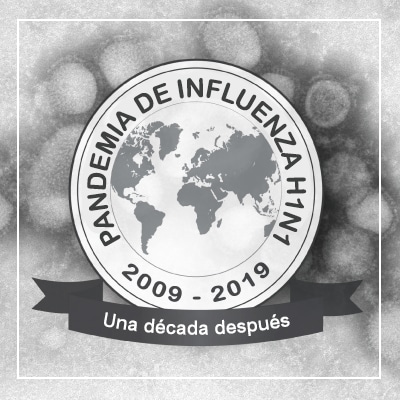Monitoring for Influenza Viruses

Influenza viruses are constantly changing, and thus require continued vigilance to protect the United States and the rest of the world not only from seasonal influenza but also from novel influenza A viruses that could trigger a pandemic. Global influenza surveillance, both epidemiologic and virologic, is the foundation of influenza preparedness and response for influenza viruses.
This work is conducted through the World Health Organization’s Global Influenza Surveillance and Response System (GISRS) which was established in 1952. The GISRS network consists of national influenza centers (NICS) which conduct influenza virus surveillance and study influenza disease trends. There also are a number of designated WHO Collaborating Centers (CCs) that conduct further research and analysis on information and samples gathered by the NICS.
CDC’s Influenza Division is the U.S. lead for influenza surveillance and has served as a WHO CC for Surveillance, Epidemiology, and Control of Influenza since 1956. It is the largest global resource and reference center supporting public health interventions to control and prevent seasonal and pandemic influenza. Internationally, CDC also plays an important role in helping to establish, maintain and expand influenza surveillance and laboratory capacity in more than 50 countries around the world through the CDC Influenza Division International Program.
Influenza surveillance in the United States is a collaborative effort with many partners in state, local, and territorial health departments, public health and clinical laboratories, vital statistics offices, health care providers, clinics, and emergency departments. Information in five categories is collected from eight different data sources that allows CDC to:
- Find out when and where influenza activity is occurring,
- Track influenza-related illness,
- Determine what influenza viruses are circulating (including the detection of novel influenza A viruses),
- Detect changes in influenza viruses,
- Measure the impact influenza is having on hospitalizations and deaths in the United States
Data from global influenza surveillance are used in preparedness and planning for seasonal influenza epidemics and the next influenza pandemic to:
- Monitor global trends in influenza viruses (e.g., prevalence, geographic spread and virus evolution),
- Quickly detect, report and respond to influenza outbreaks,
- Isolate novel influenza A viruses in order to study them, including to:
- assess the risk they pose,
- develop tests to detect them,
- determine whether currently available influenza antiviral drugs would be effective against them, and
- take early steps to make vaccines to respond to the next influenza pandemic.
Additionally, these data are used to help formulate policy to enhance preparedness and response capacity.
